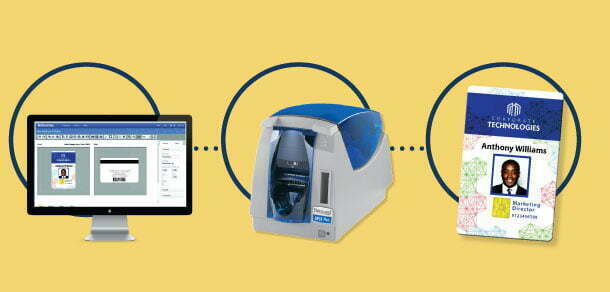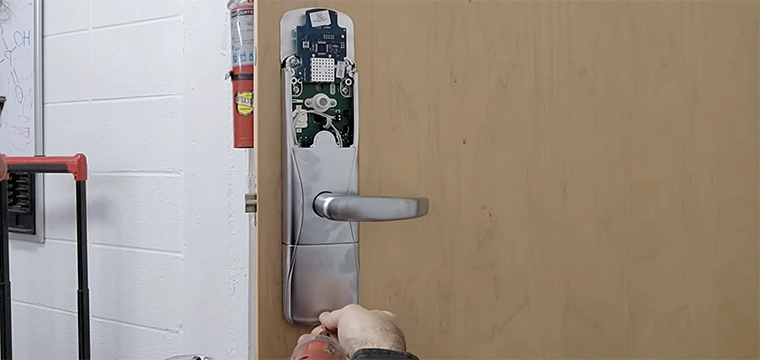
As security or business needs increase, the user can upgrade to a more sophisticated edition while maintaining the information already in place. Datacard works with local and international network partners to assist customers and help ensure their success.
“We are trying to leverage some of the technology that is emerging in the broader software area, but a key factor is certainly end user ease of use,” Datacard’s Connell Smith says. “When you talk about software and card programs, it can be as simple as needing a corporate badge for a small company and there’s nothing electronic about it. It’s what we call a flash badge. I show it to the security guard, it has my picture on it, and I get in. You need something that’s very easy to use at that entry-level end because it may be someone who is not deeply IT savvy.”
The other end involves much more sophisticated tools that can accommodate the likes of a government installation. “Over the long haul, I’m sure there’s going to see increased leverage of these higher security applications. Biometrics are certainly an obvious direction,” Smith says.
HID Global was going for functionality and simplicity with its Asure ID 7 card personalization software suite. The suite’s four packages range from entry level, with pre-defined templates, to smart card management with biometric enrollment, says HID’s Wahlander.
The level of vendor support depends entirely on how comfortable the client is with the implementation. “Often times, the customer will use their own internal resources to build the background of the image. They’ll import that using the software, and somebody will have to add the data fields, set up the card so that it’s reaching out to the external databases and then pull in the biometric stuff,” Wahlander says. “If they’re not comfortable doing that, their next step will be to go to the channel partner. The manufacturers train their channel partners to help with the setup of the software, the design of the card, and other components that go to the initial set up,” he explains.
HID provides tools within the application, like sample cards and templates, instructional videos and tutorials. A team can do all of the setup work for clients if needed. “Having an easy to use product is really something that they gravitate towards,” Wahlander says. “The core aspects of the product are going to be capturing a photo, capturing information and reaching out to various databases. From there you start getting into the higher-level functionality like adding biometrics and managing smart cards. Those are pieces that we, and others, will use to differentiate.”
Though many printer manufacturers offer their own card printing software packages or bundle a partner’s package with new printers, there are many independent options available as well. Each package has its own menu of features and options, and most support a laundry list of manufacturers and printer models.
Some of these packages include:
Most producers of ID card printing and issuance software offer different variations or levels of their products. Think of it as a multi-tiered product where the company lets users try the software with little or no risk, but limits certain desirable features in hopes of upselling a higher price, higher performance package in the future.
An entry-level package is often available free of charge, bundled with a new card printer purchase or offered for an extremely low cost. While these packages typically enable the production of a full color badge with photo and custom designed graphic elements, they may limit the quantity of cards that can be produced or the number of data elements on the cards. They also typically will not support encoding of magnetic stripes or smart cards. Often these entry-level packages do not support storage of cardholder records in a database, offering only basic data entry and printing.
One step up is a mid-tier package that builds upon the features of the basic package and removes restrictions by enabling unlimited card printing and adds database options for storage and management of unlimited cardholder records. These packages typically include support for bar code printing and encoding of magnetic stripes and smart cards. Additionally, reporting features are often available.
At the highest level, all previous functions from the basic and mid-level packages are complemented with additional database and networking capabilities. The ability to connect to external ODBC compliant data sources or share data elements from the internal cardholder database for use in other systems is common. Additionally, the ability to network multiple printers and support dispersed issuance locations is a frequent addition to the enterprise-level ID production package. In some cases, higher end encoding capability for issuing and enrolling contact smart cards, contactless smart cards or proximity cards is only included at this package level. Similarly, the inclusion of advanced visual security features during the print process may only be supported in this level.




